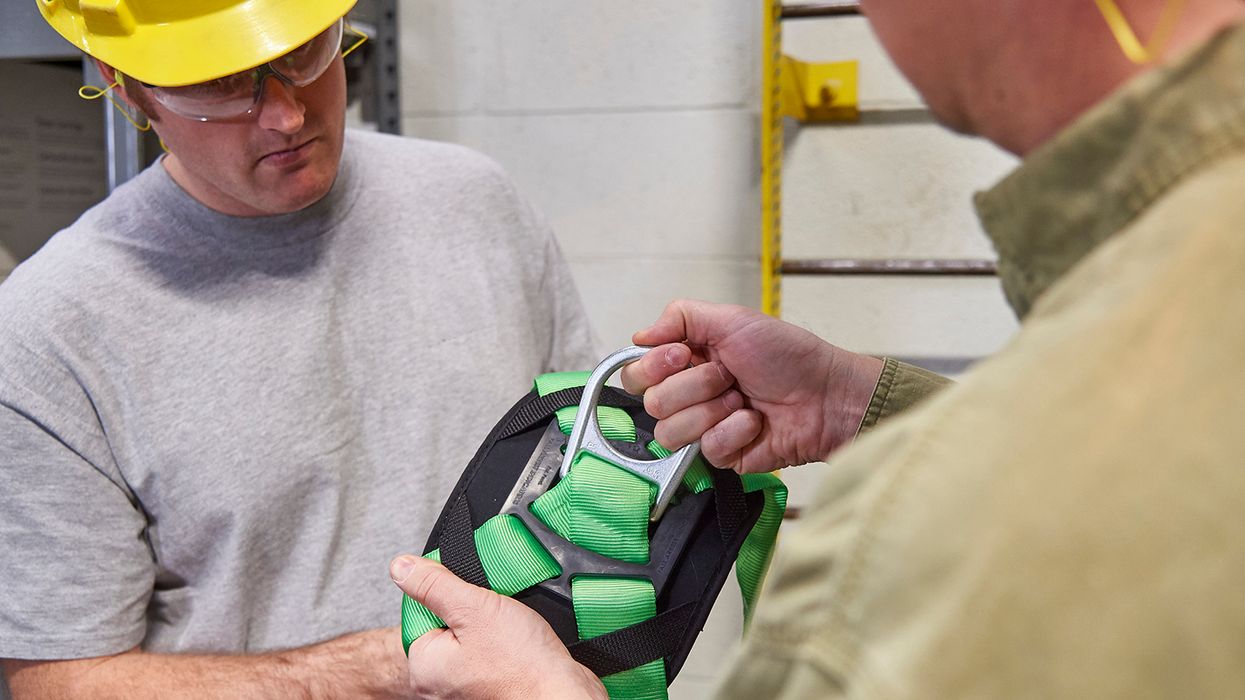The 411 on safety incentives
Safety incentive programs are generally used to motivate safer behaviors, but can also increase employee retention because employees want to feel valued. In addition, showing workers that their safety is a company priority can increase engagement.
Surveys indicate that most employees would prefer a job where they feel appreciated compared to a job that pays more, so incentives offered need not always be financial.
Employees do enjoy money, of course, but money alone is not enough of a motivator. It is much more effective when paired with timely recognition and appreciation. Successful incentive programs pair a financial reward with a strong showing of recognition. Consider these two possible options:
- All employees receive a $500 bonus at the end of the year if the company achieves a specified safety goal.
- Individual employees receive a $25 gift card whenever the supervisor sees them doing something correctly (like sanitizing PPE or reporting safety hazards).
In the first option, employees get a substantial reward, but only after significant lag time. This creates distance between the reward and the desired behaviors. Recognition should be delivered shortly after the desired action. A program that delivers a bonus check at the end of the year won’t be as effective at changing behavior, assuming employees even remember the specific behaviors that contributed to meeting the goal. Worse, if employees make some progress but the stated goals were not achieved, then no reward gets delivered. This “all or nothing” approach means that employees might not receive anything for a year’s worth of effort.
In the second option, the reward is immediate and tied to specific behaviors. This recognition is more effective, and each award creates a reminder of the program, keeping it fresh in everyone’s mind. This requires ongoing effort from supervisors, but the employer will likely get more bang for the buck.
Delivering rewards to drive behavior
As noted, an incentive program should deliver rewards for positive behaviors, like wearing PPE or reporting hazards. Some employees view safety as simply following the rules and worry about discipline for violations. An incentive program should encourage positive outcomes and drive those behaviors.
With an ongoing program that successfully reduces injuries, employees should begin to feel that safety is its own reward. Essentially, the program should reward employee involvement and participation in safety, resulting in fewer injuries.
The bottom line is, employers adopt incentive programs to help recruit new employees, improve retention, or motivate a desired behavior or outcome, such as a safer workplace. When creating an incentive program, be sure to combine timely appreciation and recognition with any monetary reward.

































































